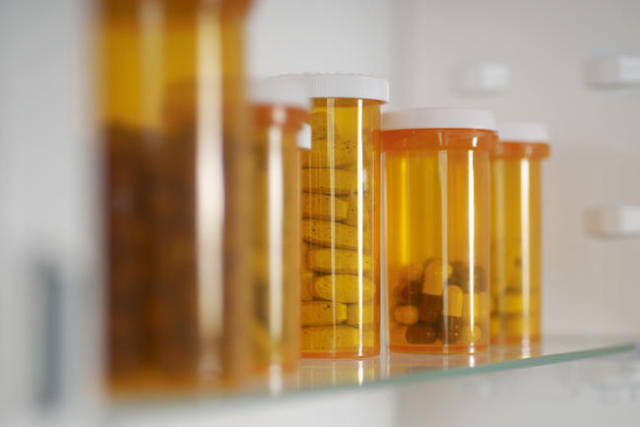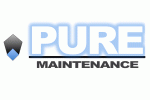6 potential health hazards lurking in your home
This story is sponsored by the Nevada Health Link.
Many of the biggest health risks people face are found in their homes. Often these hazards are unrecognized. Fortunately, in most cases, the danger can be reduced or eliminated with fairly simple steps.
If health care is a concern and you need insurance coverage, you can get information about protecting your family at nevadahealthlink.com. At the link, eligible Nevadans can find health insurance plans-based on their income-that best fits their need. The open enrollment period began Nov. 1 and continues through Jan. 31, 2016.
In the meantime, here is information about some of the more common health hazards that could be lurking in your home and what you should do to keep your family safe.
Carbon monoxide
Invisible and odorless, carbon monoxide is a leading cause of accidental poisoning in the U.S., according to Allstate. Sources of this dangerous gas include a malfunctioning furnace, faulty appliances, fireplaces, or even seepage into the house from a vehicle running in a garage. The only safe way to protect yourself against this danger is with a carbon monoxide detector. No home should be without one.
Mold
“Mold can cause health problems that range from itching eyes, sneezing and coughing to serious allergic reactions, asthma attacks and even permanent lung damage,” reports Jay Romano in an article for The New York Times. “And what many people do not know is that mold could be growing in their homes right now.”
Mold prevents a serious threat even in a hot, dry Nevada climate. Condensation from an air-conditioner coil can provide all the moisture mold needs to survive and thrive. If someone in your home is unexplained experiencing respiratory symptoms, a mold inspection is probably in order.
Pesticides
Most people recognize dangers posed by products like insect sprays, weed killers, rodent poison, etc. What many don’t realize is pesticide exposure can come from unexpected sources like flea and tick products used on pets, pressure treated wood products, mothballs or even wallpaper glue. The World Health Organization reports pesticide poisoning is a serious concern, especially for children. Parents should not only keep pesticides secure from children, but they should also do everything possible to limit even indirect exposure to pesticide sources.
Cleaning products
Everyone wants a living environment that is clean and germ-free. Unfortunately, many of the products people use to clean their homes are dangerous. The Environmental Working Group, a nonprofit organization focused on environment and public health, explains common home cleaning products often contain carcinogens, asthma instigators and poisons. This includes some products labeled as nontoxic or biodegradable. To protect your family, read labels carefully and pay special attention to warnings. Don’t buy products labeled “poison,” or “danger” or that say they could be fatal if swallowed or inhaled.
Lead
The Centers for Disease Control and Prevention reports lead poisoning is a significant threat to children. The problem is most acute homes built prior to 1978. Flaking and peeling lead-based paint is the primary culprit. “Other sources of lead in the home may include traditional home remedies, ceramics, toys and toy jewelry, lead-contaminated soil, lead water pipes and lead solder used in plumbing,” the center notes. If your home has lead-based paint or other potential sources of lead contamination, you can contact the area EPA office for information about what to do.
Medications
Some of the deadliest substances in most homes are found in medicine cabinets. The Poison Control Center notes that many children and adults overdose each year on over-the-counter medications like acetaminophen and cough and cold products. To prevent accidental overdose, keep all medications secured and away from children. And make certain to properly dispose of unused and expired medicines whether they are prescription or over the counter.
You can make sure your family is protected against these and other health dangers by having adequate health coverage. Federal law requires everyone to have health insurance. With the Nevada Health Link’s prescreening tool, it’s simple to find out if you might qualify for subsidized health coverage. You just answer six questions, and the tool provides application information for all the assistance you may qualify to receive.
Get in-person assistance at Nevada Health Link’s Dec. 15 enrollment event. Ask questions and enroll from 4 p.m. to 8 p.m. at the Henderson Convention Center. Can’t make it in person? There are licensed enrollment professionals statewide trained to help you sign up for coverage and assistance is free. Simply go online at nevadahealthlink.com and enter your zip code to find a location where you can sit down with someone who will help you enroll for health insurance.






















